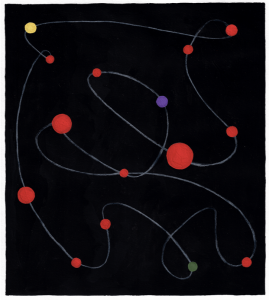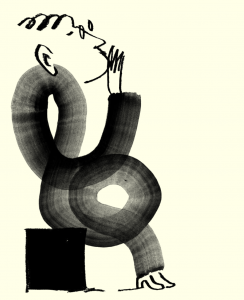From ‘wank’ to ‘wp’, John Harris Dunning talks to Betty Wood about the role of sound in comic books
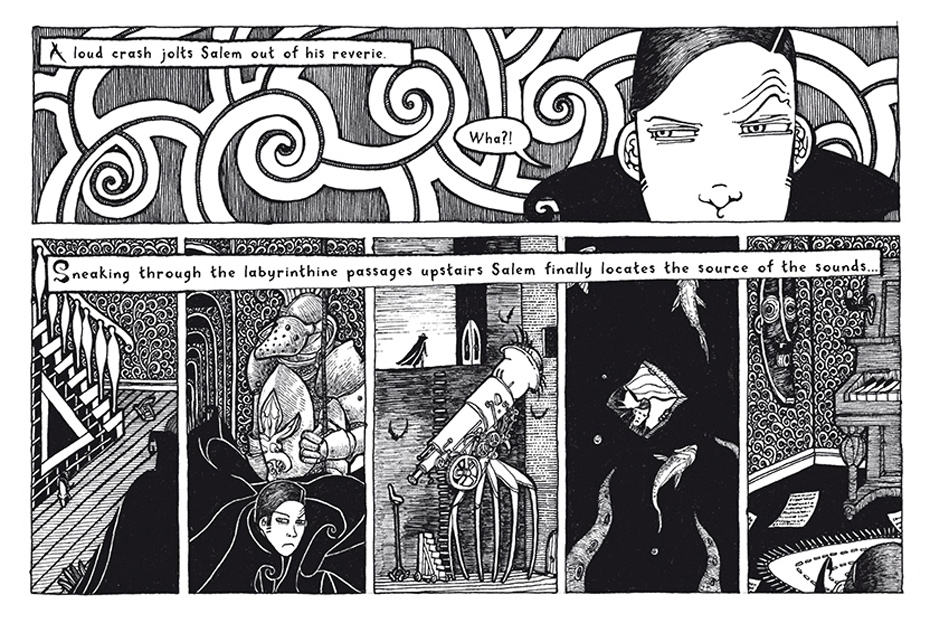
Next month, British artist Fiona Banner will unveil her latest installation at Yorkshire Sculpture Park, titled Wp Wp Wp. The culmination of nearly two decades of work, the exhibition – which features new piece ‘Chinook’ – is inspired by the onomatopoeia used to represent the sound of rotating helicopter blades in comic books and film storyboards.
But Banner is not the only one fascinated with the representation of sound in what is essentially the most silent of mediums. John Harris Dunning, author of Salem Brownstone and co-curator of Comics Unmasked notes the addition of onomatopoeic sound effects to the medium – largely absent through the Victorian period – anticipated the arrival of sound in cinema. “Although sound effects predated sound in the cinema, it followed very shortly afterwards, and can be seen to have been following the same trend where radio also created an appetite for sound as a component of entertainment and an attempt to merge these varied popular media. Comics are all about the representation of sensation” John adds, “so along with strong graphics and colour, the addition of sound was somewhat inevitable.”
The earliest example of graphically portrayed sound goes back to Roy Crane’s 1924 newspaper strip Wash Tubbs. Their usage continued to gain popularity into the 1940s, when they became an industry standard – a standard that is popularly maintained today. That said, Dunning points to the fact that these conventions willingly invite subversion. In response to the question of authors who treat sound in a particularly interesting, way Dunning says: “The use of sound effects in comics are most often linked to less literary output, so writers like Alan Moore, Dan Clowes and Neil Gaiman seldom use them. In fact, they are altogether less a part of the British tradition of comics”, Dunning concludes. “A series like Moore’s League of Extraordinary Gentlemen is particularly interesting in its eschewing of sound effects and beautiful use of silent panels.
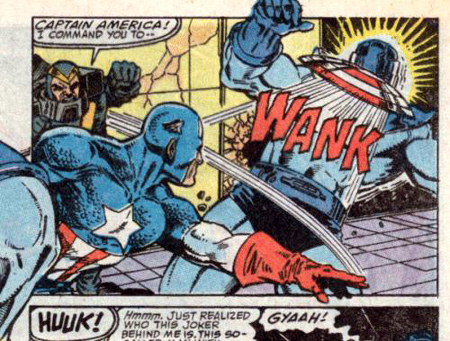
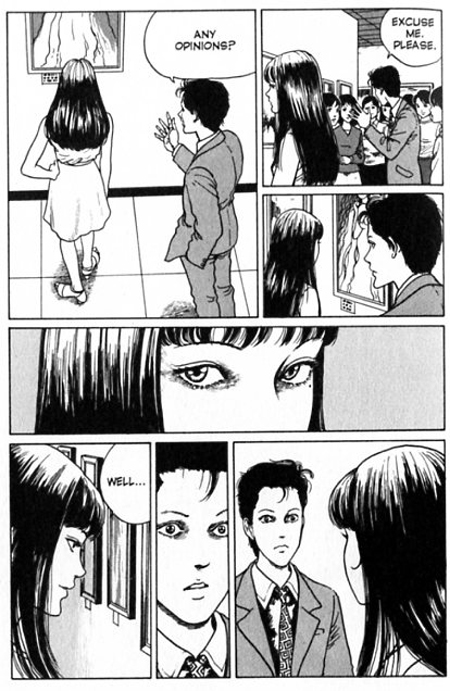
“Comics are all about the representation of sensation so along with strong graphics and colour, the addition of sound was somewhat inevitable”
“On the other hand,” Dunning enthuses, “there shouldn’t be snobbery about their use – Stan Lee and Jack Kirby’s use of sound effects as a powerful element of their story-telling technique, which can’t be underestimated in their early work like The Fantastic Four in the 1960s. This was unpretentious Pop Art that remains powerful.”
Powerful as it was, does this association with Pop Art date the use of sound in comics? Harris is sceptical: “Although many people may relate sound effects to the 1960s – for instance the Batman TV show’s use of visual sound effects, and Pop Art – they have continued to be used to this day and are as common now as they ever where.”
One thing Dunning is keen to draw attention to, however, is the cultural difference between Western graphic representations of sound and those of the Japanese: “On the one hand Japanese comics are more likely to have more silent, non-speaking panels. These often set up a scene, portraying nature and architecture, or else focus of a character’s expression. This creates a pause in the action, and in this way they are more cinematic than their Western counterparts.”
Their other purpose is more cinematic: “They have a wider palette, often being used to indicate how a character moves or else the sound of fabric dragging against the ground, particularly common in horror comics to create atmosphere. Even facial expressions can be accompanied by ‘sound effects’ like ‘glower!’”
How does Dunning himself treat sound? “I am very much of the school of the Japanese and Alan Moore’s cinematic storytelling – I love to have silent panels that allow readers to pause and more deeply inhabit my comics,” he says. “I don’t attach a value judgment to their use, but it doesn’t work with my particular form of storytelling.”
John Harris Dunning is the author of Salem Brownstone: All Along the Watchtowers and co-curator of The British Library exhibition Comics Unmasked which runs until 19 August. Click for more information on the exhibition. Fiona Banner: Wp Wp Wp opens to the public on 20 September. Click for more info HERE
